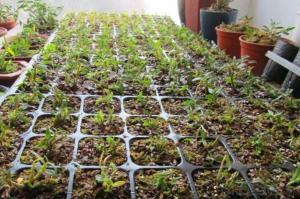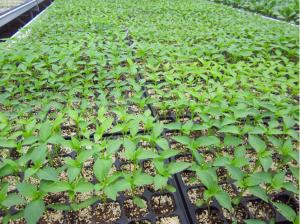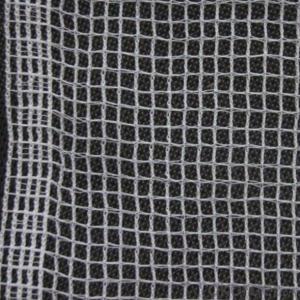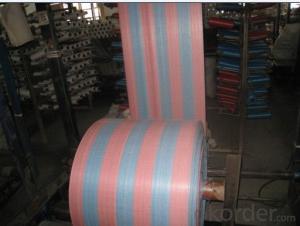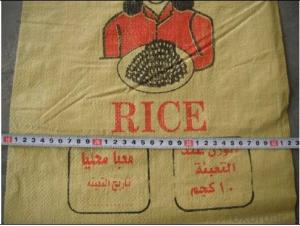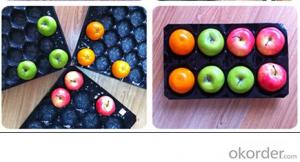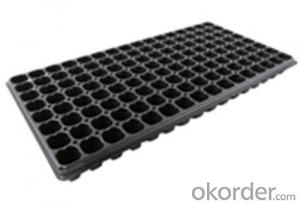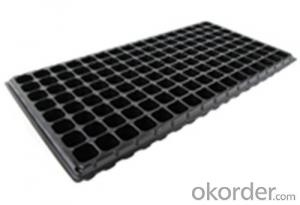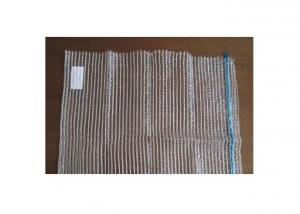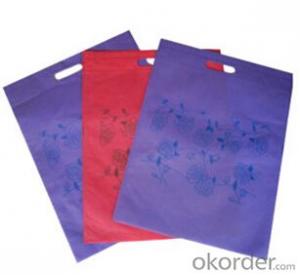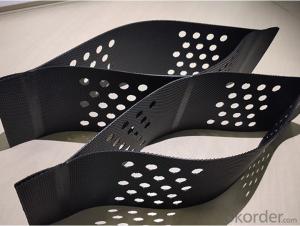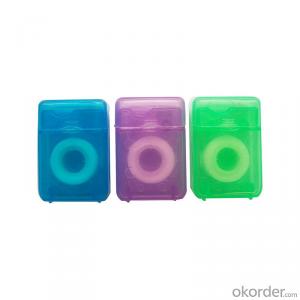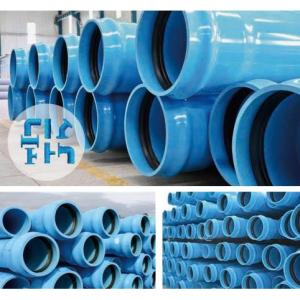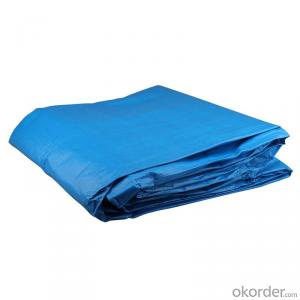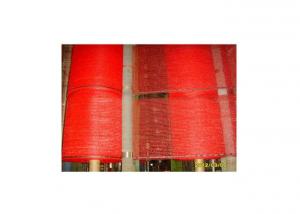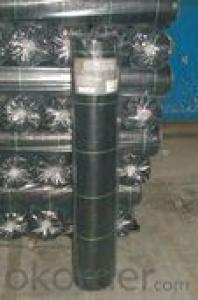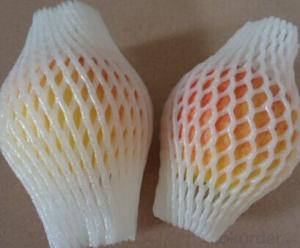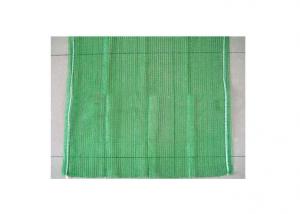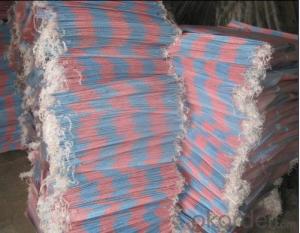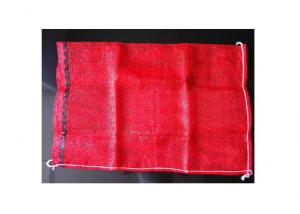Deep Black Plastic Seedling Tray Seed Germination Tray Nursery Plug Trays
- Loading Port:
- China main port
- Payment Terms:
- TT OR LC
- Min Order Qty:
- 3000 pc
- Supply Capability:
- 2000000 pc/month
OKorder Service Pledge
OKorder Financial Service
You Might Also Like
Specification of Plug Trays HIPS Made Plastic Plug Tray for Greenhouse (Growing and Seedling):

Features of Plug Trays HIPS Made Plastic Plug Tray for Greenhouse (Growing and Seedling):
· Material: HIPS
· Thickness: 0.5mm-1.5mm, Standard:1mm
· Weight: 80g(±5)g-230g(±5)g, Standard weight:155g(±5)g
· Size: length:490mm-540mm, width:190mm-345mm,depth:25mm-150mm
· Standard:540mmX280mm
· Cell count: 18-512
· Package: In Carton
· Warrenty: 8-10 times
Packaging & Delivery
Packing Detail: export standard carton or large bags
Delivery time: 4 million per momth after receipt of deposit
Advantage:
Waterproof, UV-resistant, extrusion-resistant
Easy carry for young seeding plant and grow
Service:
1. Quick, efficient and professional response within 24 hours, 14 hours online services
2. 10 years manufacturing and exporting experience in agriculture field.
3. Technical support and solution by chief engineer.
4. Strict quality control system & team, high reputation in the market.
5. Full range of irrigation products for choice
6. OEM/ODM services
7. Accept sample order before Mass Order
Picture of Plug Trays HIPS Made Plastic Plug Tray for Greenhouse (Growing and Seedling):
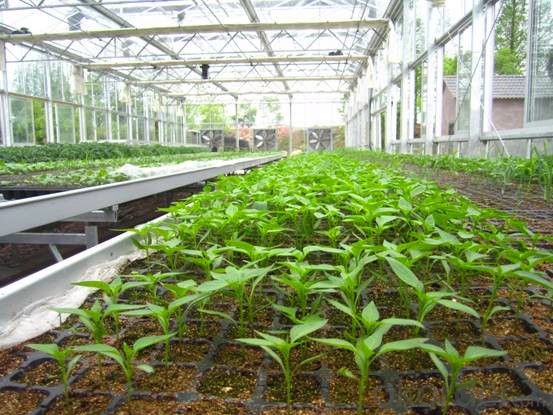
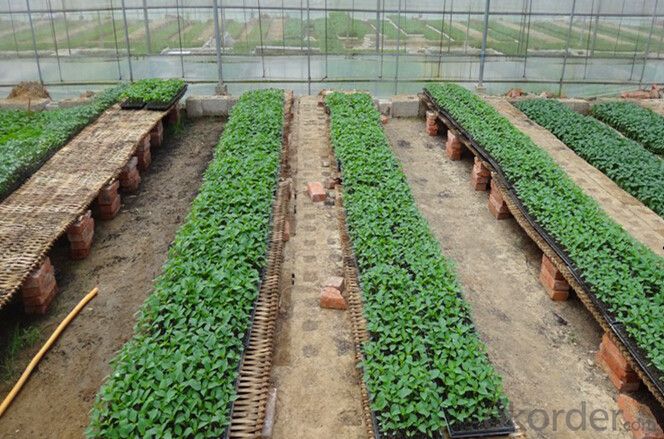
FAQ of Plug Trays HIPS Made Plastic Plug Tray for Greenhouse (Growing and Seedling):
Q: 1.How long is the production time?
A: Usually one to two weeks.
Q: 2.How is the seed tray being packaged?
A: They can be packaged in carton or pallets. Carton size is 1375px*725px*1250px.
Q:3.How many times can the seed tray be used?
A: Under the same environment, it is decided by the thickness. Usually 0.6mm thickness can be used for 1 or 2 times.
1.0 thickness can be used for 3-4 times. 1.5 thickness can be used for 8-10 times.
- Q:Can agricultural plastic products be used in biogas production?
- Yes, agricultural plastic products can be used in biogas production. These plastics, such as silage bags or greenhouse films, can be broken down in anaerobic conditions and converted into biogas through the process of anaerobic digestion. This allows for the utilization of agricultural plastic waste as a valuable source of renewable energy.
- Q:the kind of plastic i'm talking about is the kind of plastic used for toothbrush handle thingies :PPalso:where are the raw materials foundd?[;
- Plastics are made from petroleum products. Polypropylene is generally made from oil. I have some corn plastics since we are experimenting using less foreign oil. Plastics are made from carbon, hydrogen and oxygen. Plastics can be recycled, so then plastics are made from plastic. Products that touch food or your mouth would not be recycled.
- Q:How do nursery trays help in maximizing space in a garden or greenhouse?
- Nursery trays help in maximizing space in a garden or greenhouse by providing a compact and organized system for starting and growing plants. They allow for efficient use of vertical space by stacking trays, and their uniform size ensures that every inch of available space is utilized. Additionally, nursery trays promote better air circulation and prevent overcrowding of plants, allowing them to grow optimally and ultimately maximizing the overall plant capacity in a given area.
- Q:What are the different sizes of nursery trays available?
- The different sizes of nursery trays available vary, but some common sizes include 32-cell, 72-cell, and 128-cell trays.
- Q:Can nursery trays be used for starting groundcover ferns?
- Yes, nursery trays can be used for starting groundcover ferns.
- Q:Can ground cover be used to cover bare patches in the lawn?
- Yes, ground cover can be used to cover bare patches in the lawn. Ground cover plants such as creeping thyme, clover, or moss can help fill in bare spots, prevent erosion, and provide a green cover.
- Q:I always find myself using plastic (because its more convenient) but Paper Owns IMO.
- Plastic. They are a) more convenient b) despite common belief, less damaging to the environment than paper with it's more expensive and damaging processing and vastly increased transportation costs and enviro footprint thingy . The greatest threat to the environment is poverty and the misguided belief that convenience must be sacrificed in the name of being eco-friendly I try to do reusable, but I always forget.
- Q:What are some ground cover options for areas with high salinity?
- Some ground cover options for areas with high salinity include salt-tolerant grasses like seashore paspalum and Bermuda grass, as well as salt-tolerant shrubs like coastal goldenbush and sea lavender. Additionally, succulents such as ice plant and sea thrift can also thrive in high-salinity environments.
- Q:Are nursery trays suitable for starting plants for urban greening initiatives?
- Yes, nursery trays are suitable for starting plants for urban greening initiatives. Nursery trays provide a controlled environment for seeds to germinate and young plants to grow before they are transplanted into urban areas. They allow for efficient use of space, easy transportation, and proper nutrient and moisture management, making them a practical choice for starting plants in urban greening initiatives.
- Q:What are the advantages of using plastic greenhouse covers?
- There are several advantages to using plastic greenhouse covers. Firstly, they provide excellent insulation, trapping heat and creating a stable environment for plants, which is crucial for their growth and development. Additionally, plastic covers are lightweight and easy to install, making them a cost-effective option compared to traditional glass covers. They also allow for better control over temperature, humidity, and ventilation, which can be adjusted as per the specific needs of the plants. Plastic covers are also more durable and resistant to damage from wind, hail, or other weather conditions. Lastly, they allow for better light transmission, ensuring that plants receive sufficient sunlight for photosynthesis and growth.
1. Manufacturer Overview |
|
|---|---|
| Location | |
| Year Established | |
| Annual Output Value | |
| Main Markets | |
| Company Certifications | |
2. Manufacturer Certificates |
|
|---|---|
| a) Certification Name | |
| Range | |
| Reference | |
| Validity Period | |
3. Manufacturer Capability |
|
|---|---|
| a)Trade Capacity | |
| Nearest Port | |
| Export Percentage | |
| No.of Employees in Trade Department | |
| Language Spoken: | |
| b)Factory Information | |
| Factory Size: | |
| No. of Production Lines | |
| Contract Manufacturing | |
| Product Price Range | |
Send your message to us
Deep Black Plastic Seedling Tray Seed Germination Tray Nursery Plug Trays
- Loading Port:
- China main port
- Payment Terms:
- TT OR LC
- Min Order Qty:
- 3000 pc
- Supply Capability:
- 2000000 pc/month
OKorder Service Pledge
OKorder Financial Service
Similar products
New products
Hot products
Related keywords
